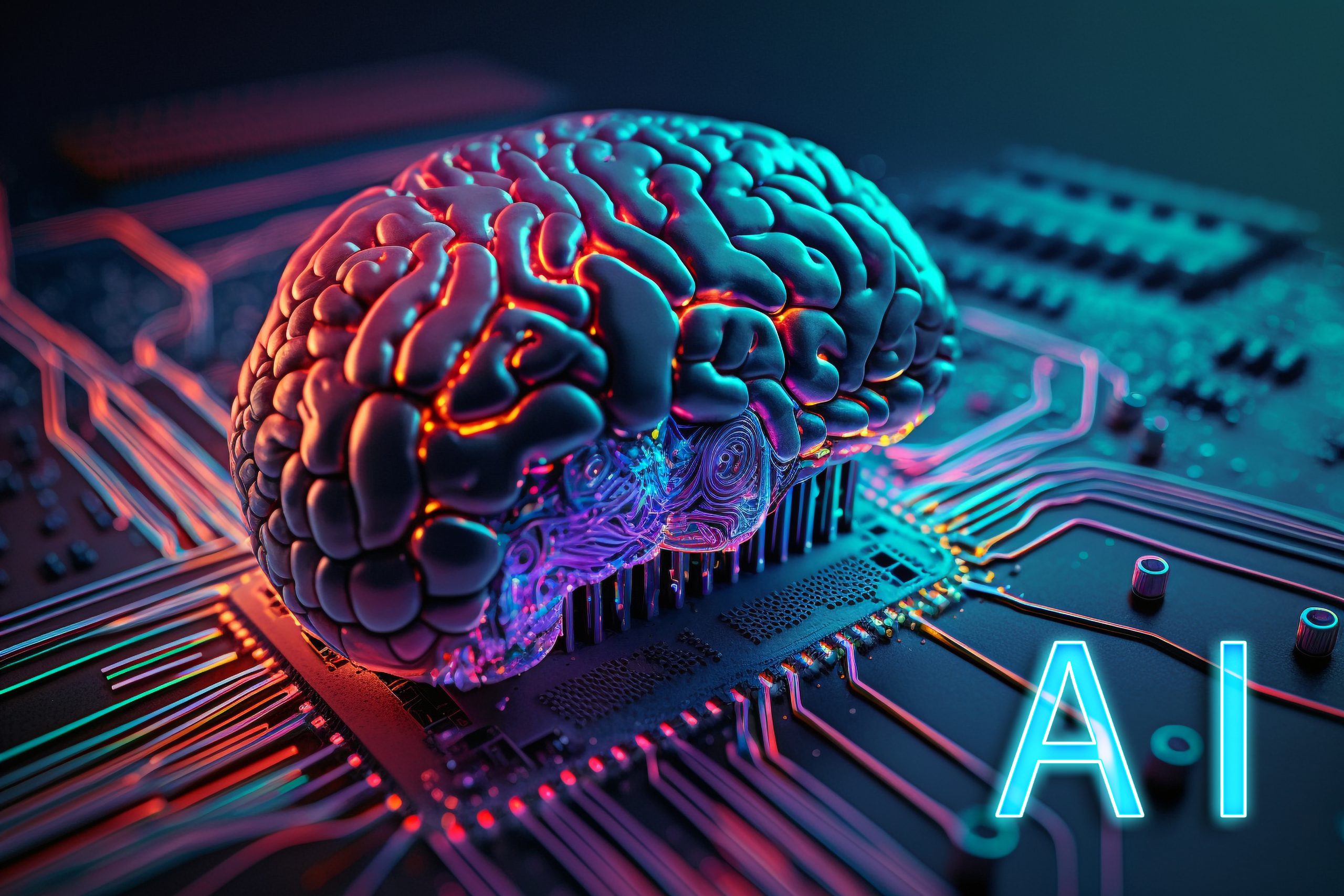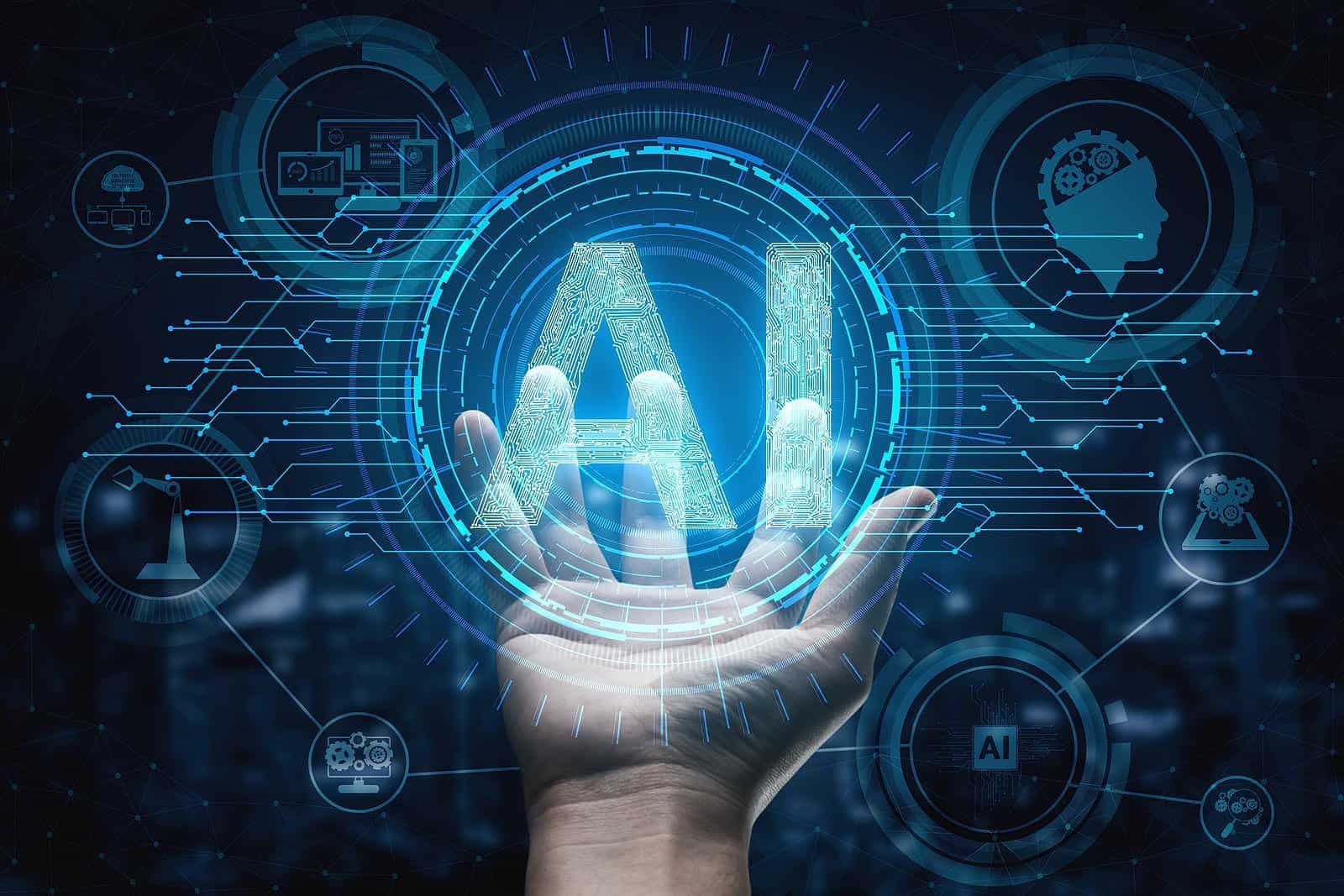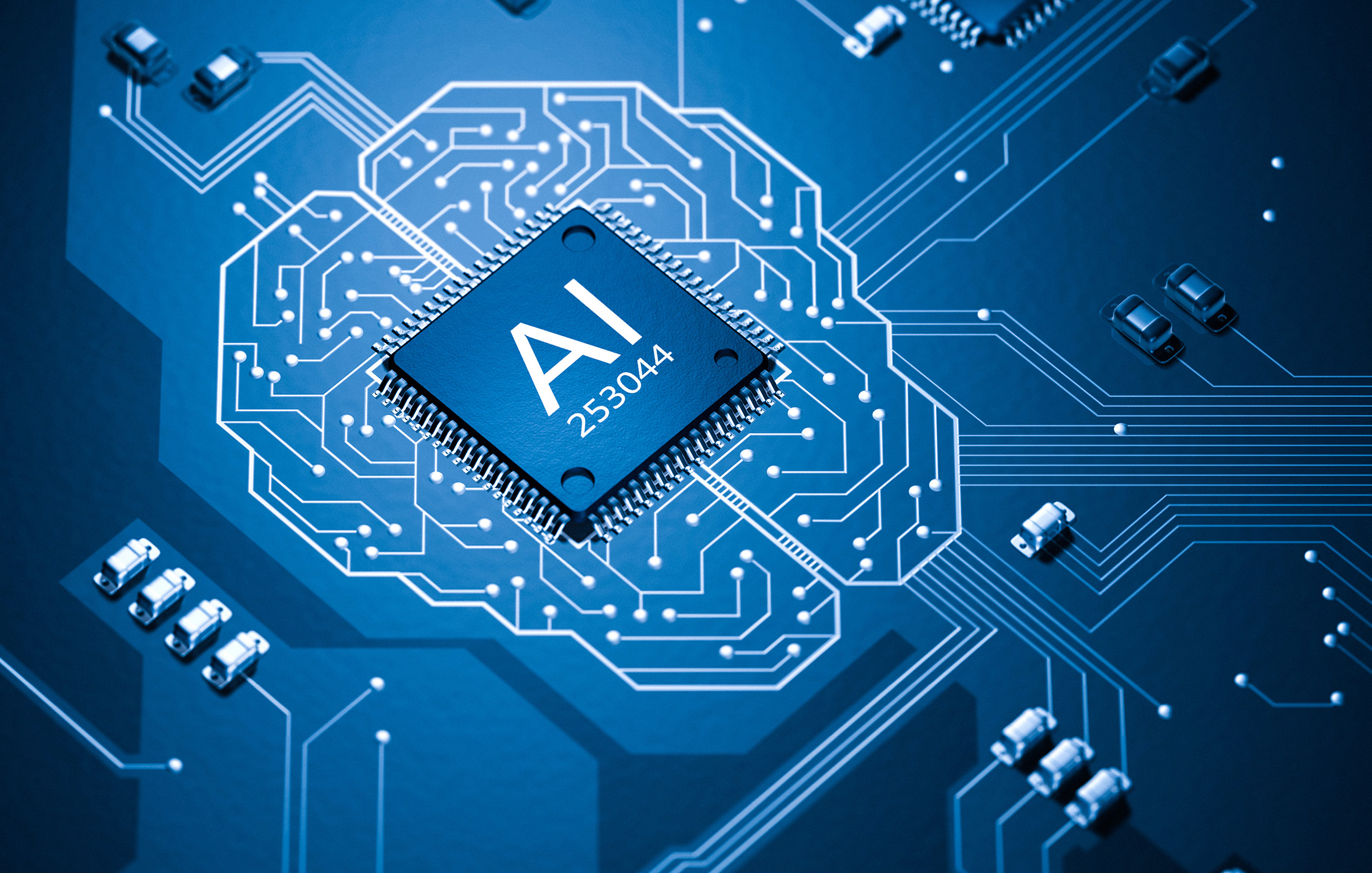AI Undresser Free: The Ultimate Guide To Understanding And Addressing This Controversial Technology Today
The digital world, you know, keeps changing very, very quickly. It sometimes brings forward technologies that really make us stop and think. One such area of concern, arguably, involves what people call "AI undresser free" tools. These are applications or services that claim to remove clothing from images using artificial intelligence. This particular kind of technology raises a whole lot of questions about privacy, about consent, and about the ethical responsibilities we all have in this new, digital age.
So, many people are hearing about these tools, and they might wonder what they actually are. Basically, these programs use advanced AI algorithms to alter pictures. They generate new versions of images where clothing appears to be absent. This is done without the actual person's knowledge or permission, which is a very big deal, as a matter of fact.
This article, then, will walk you through what these "AI undresser free" tools are all about. We'll look at how they generally work, what some of the really serious risks are, and what we can all do to better protect ourselves and others from potential harm. It’s pretty important, actually, to get a clear picture of this technology.
Table of Contents
- What Exactly is "AI Undresser Free"?
- How This Technology Operates, Generally Speaking
- The Serious Risks and Ethical Problems
- Why "Free" Can Be Very Costly
- Societal Impact and the Call for Good Judgment
- Keeping Yourself and Others Safe
- The Future of AI and Responsible Development
- What You Can Do Now
What Exactly is "AI Undresser Free"?
So, when people talk about "AI undresser free" tools, they are usually referring to software or web services that use artificial intelligence. These tools, you know, take an image of a person and then try to create a new version of that image. The new version will show the person without their clothes. This is done, quite simply, by the AI guessing what might be underneath, based on its training data. It's a bit like a digital illusion, really.
These applications often promise a "free" service, which, in some respects, makes them seem very appealing to people who might not think about the bigger picture. However, the idea of something being "free" online, as a matter of fact, often hides other costs. These costs can include privacy issues, security risks, or even legal problems down the line.
The core technology behind this, you know, involves generative AI. This kind of AI is pretty good at creating new content that looks very real. It learns patterns from huge amounts of data. Then, it uses those patterns to make something new, like an altered picture. This is, you know, a very powerful capability that can be used for many things, both good and bad.
How This Technology Operates, Generally Speaking
Basically, these "AI undresser" programs use deep learning models. These models, you know, are trained on enormous datasets of images. They learn how different body shapes and clothing types look. Then, they figure out how to generate realistic-looking skin and anatomy where clothes once were. It's a pretty complex process, actually.
The AI, sort of, analyzes the input image. It tries to understand the person's pose and body structure. Then, it predicts what the underlying form might look like. After that, it renders a new image. This new image replaces the clothing with generated content. It's like, you know, painting over a part of a picture with something completely new, but doing it very, very convincingly.
The Basics of AI Image Generation
Generative AI, in general, works by learning to create data that is similar to the data it was trained on. For image generation, this means showing the AI millions of pictures. The AI then learns the features, textures, and structures within those pictures. This process, you know, allows it to generate entirely new images or modify existing ones. It's quite a sophisticated process, really.
Think of it like this: if you show an AI countless pictures of cats, it eventually learns what a cat looks like. Then, it can create a brand-new cat picture that never existed before. These "undresser" tools, apparently, apply this same principle but with a highly sensitive and ethically questionable goal. They are, you know, trained to understand human forms and clothing. This allows them to make these very specific kinds of alterations.
The Serious Risks and Ethical Problems
The use of "AI undresser free" tools carries some very significant dangers. These dangers, you know, go far beyond just a technical glitch. They touch upon fundamental human rights and societal values. It is, you know, a very serious area of concern for many people.
One big issue, actually, is that such tools make it much easier to create non-consensual intimate imagery. This kind of imagery, you know, can cause immense personal distress. It also has the potential to ruin reputations. The fact that it can be done so easily, and sometimes for "free," just makes the problem worse, in some respects.
Ben Vinson III, who is president of Howard University, delivered MIT’s annual Karl Taylor Compton Lecture. He made a really compelling call for AI to be “developed with wisdom.” This statement, you know, highlights the need for ethical considerations in all AI development. Tools like "AI undresser free" are, you know, the exact opposite of wisdom-guided AI. They represent a significant departure from responsible development.
Privacy Violations and Lack of Consent
The most obvious problem with these tools is the complete disregard for a person's privacy. When an image is altered without someone's permission, it is, you know, a clear violation of their personal space. It is also a violation of their bodily autonomy. This is, quite simply, wrong. No one should have their image manipulated in such a way without their explicit agreement, you know.
The "My text" shared with me notes, "Who would want an AI to actively refuse answering a question unless you tell it that it's ok to answer it via a..." This, you know, brings up an interesting point. While that quote refers to a poor user experience, it highlights how AI *should* have built-in refusals. An AI designed with wisdom, as Ben Vinson III suggests, would actively refuse to generate harmful content. It would, in fact, have ethical guardrails that prevent such misuse, you know.
These tools, apparently, do not have such ethical considerations built in. They are, you know, designed to bypass consent. This creates a very dangerous situation for anyone whose image could be used. It's a really concerning aspect of this technology.
Potential for Misuse and Harm
The potential for harm from "AI undresser free" technology is, you know, very, very broad. It can be used for harassment, for blackmail, or for revenge. Victims, especially women and minors, face immense emotional and psychological trauma. This trauma, you know, can last for a very long time. The ease of creating such images makes it a powerful weapon for those who wish to cause harm.
This "AI assistant is risk," as one part of the "My text" says. This phrase, you know, really captures the essence of the problem. When AI is developed without ethical oversight, it becomes a source of significant danger. It’s not just a minor inconvenience; it's a profound threat to personal safety and dignity. This is, you know, a very clear example of AI being a risk rather than a helpful tool.
Furthermore, the spread of such deepfake images can erode trust in visual media. It makes it harder to tell what is real and what is fake. This erosion of trust, you know, has wider implications for society. It can affect everything from news reporting to personal relationships. It's a pretty serious consequence, actually.
Legal Consequences for Users and Creators
Using or creating these images can, you know, lead to very serious legal problems. Many countries and regions have laws against the creation and distribution of non-consensual intimate imagery. These laws, you know, carry hefty penalties, including fines and jail time. Just because a tool is "free" does not mean its use is legal. This is a crucial point, actually.
People who think they are just playing around with a "free" tool could find themselves facing criminal charges. The internet, you know, leaves digital footprints. It is very difficult to remain anonymous when engaging in such activities. Law enforcement agencies are getting much better at tracking down offenders. So, it's really not worth the risk, you know.
The legal landscape, you know, is also constantly changing. Governments are working to create new laws to address deepfake technology specifically. This means that what might seem like a grey area today could be very clearly illegal tomorrow. It’s pretty important to stay on the right side of the law.
Why "Free" Can Be Very Costly
The word "free" often acts as a lure online. For "AI undresser free" tools, this "free" label, you know, hides a lot of hidden costs. These costs are not always financial. They can be about personal security, privacy, and even your digital reputation. It’s, you know, a very important distinction to make.
Many of these "free" services, you know, might require you to upload images. They might ask for personal information. This data, apparently, can then be used in ways you never intended. It could be sold to third parties, or it could be used for other malicious purposes. This is a common tactic for services that appear free but are actually collecting your data.
Data Security and Malware Threats
When you use unverified "free" online tools, you are, you know, opening yourself up to significant security risks. These websites or programs often contain malware. This malware, you know, can infect your device. It can steal your personal information. It can even take control of your computer. This is a very common danger of downloading software from untrusted sources.
The "My text" mentions, "Traditional data storage systems now have layers of complexity, which slows AI systems down because data must pass through multiple tiers before reaching the graphical." This, you know, shows that legitimate AI systems have robust infrastructure. They have security layers. "Free" tools, on the other hand, often bypass these safeguards. They might be poorly coded. They might have vulnerabilities. This makes them, you know, a very easy target for cybercriminals.
Furthermore, your uploaded images themselves could be stored on insecure servers. These servers, apparently, could be hacked. This means your private photos, even if they were innocent to begin with, could become compromised. It's a really big risk, actually, to use such services.
Unseen Personal Costs
Beyond the technical and legal risks, there are, you know, very real personal costs. Engaging with such technology, even out of curiosity, can normalize harmful behaviors. It can desensitize individuals to the severity of privacy violations. This shift in perspective, you know, is a subtle but very dangerous consequence. It erodes empathy and respect for others' digital boundaries.
There is also the risk of being associated with illegal activities. Even if you are just a user, you know, your digital footprint can link you to these tools. This could affect future employment. It could affect personal relationships. It's a pretty heavy price to pay for something that was supposedly "free."
Societal Impact and the Call for Good Judgment
The widespread availability of "AI undresser free" tools, you know, has a broader impact on society. It contributes to a culture where digital privacy is undermined. It also contributes

What is Artificial Intelligence (AI) and Why People Should Learn About it - UCF Business

AI Applications Today: Where Artificial Intelligence is Used | IT Chronicles

AI, Artificial Intelligence or Actuarial Intelligence? – Axene Health Partners, LLC